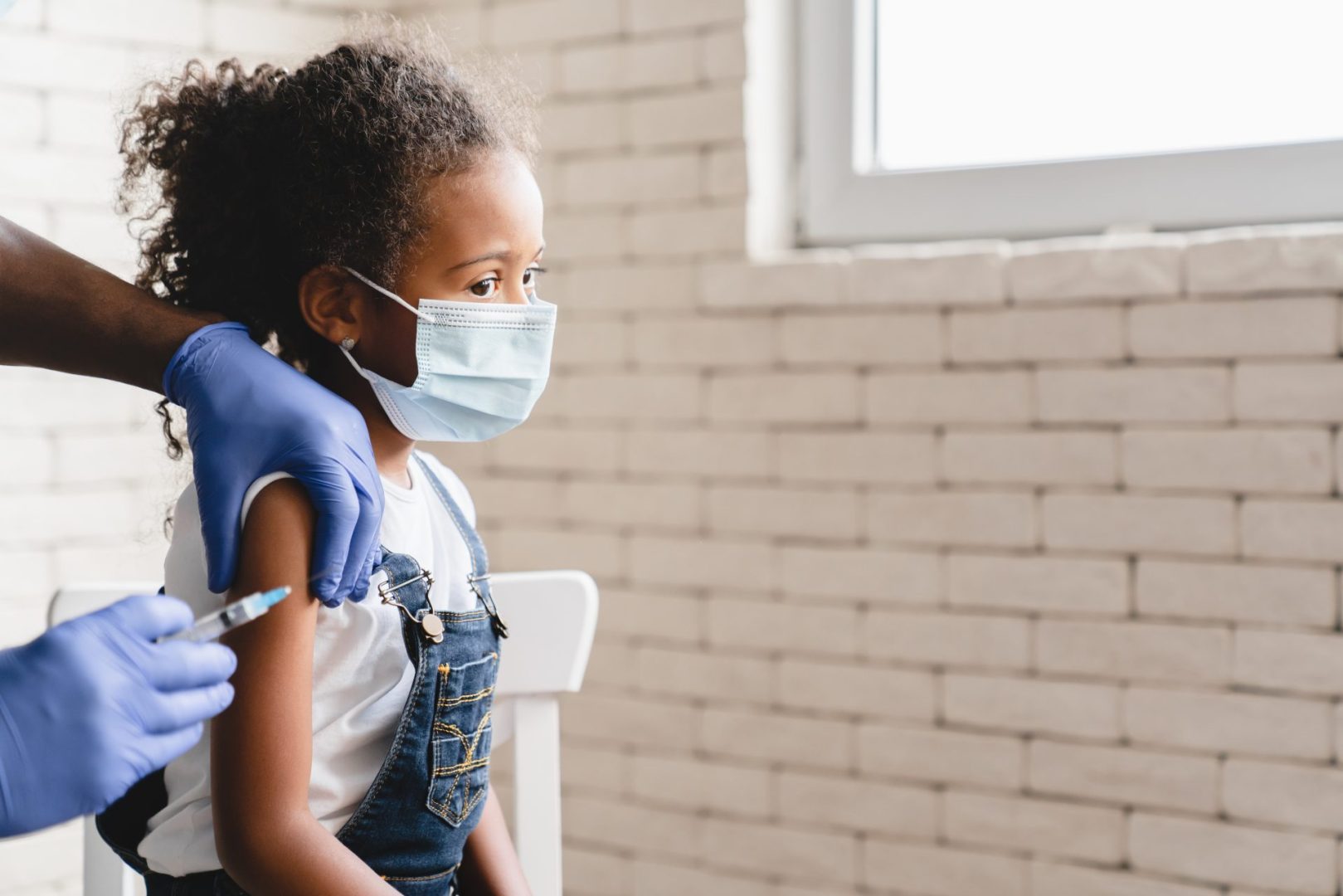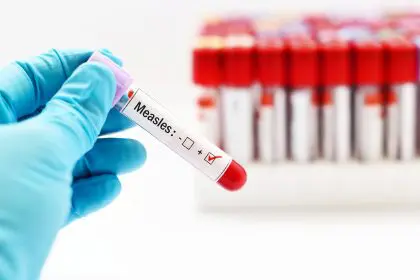A measles outbreak that has ravaged West Texas communities since January shows early signs of abating, even as the national case count approaches 1,000. Health officials attribute the slowdown to the virus potentially exhausting the pool of susceptible individuals in the region, primarily those who remain unvaccinated.
West Texas sees declining hospitalization rates
The Texas Department of State Health Services reported 702 measles cases on Tuesday, marking an increase of just 19 cases since the previous update on Friday. This represents a significant deceleration compared to earlier phases of the outbreak when case numbers climbed rapidly.
Since the outbreak began, 91 people have required hospitalization with approximately two-thirds of those being children. However, local health authorities note a promising development as pediatric hospitalizations have ceased for two consecutive weeks in West Texas.
Katherine Wells, public health director for Lubbock, the city at the epicenter of the outbreak, remains cautiously optimistic about the situation. The outbreak has taken a severe toll since January, resulting in 702 infections and claiming the lives of two young girls. Despite the recent decline in new cases, health professionals remain vigilant, recognizing the unpredictable nature of infectious disease transmission.
Dr. Lara Johnson, pediatrician and chief medical officer at Covenant Children’s Hospital in Lubbock, acknowledges the recent tapering trend while emphasizing that the situation could change rapidly, highlighting the need for continued vigilance.
Understanding outbreak dynamics and vaccination trends
The highly contagious nature of measles means it spreads rapidly through vulnerable populations, particularly communities with low vaccination rates. Public health experts explain that outbreaks typically diminish through a combination of natural infection and increased vaccination rates.
According to disease specialists, measles outbreaks eventually end when everyone susceptible in a community becomes non-susceptible, either through contracting the illness or by choosing vaccination. Health workers in the region report a modest increase in vaccination requests following the outbreak, representing one positive outcome from an otherwise devastating public health crisis.
Additionally, awareness campaigns have successfully convinced some infected individuals to self-isolate during their contagious period, potentially preventing further transmission. Nevertheless, epidemiologists believe the primary factor behind the slowing outbreak is likely that most susceptible individuals in the area have already contracted the disease, leaving fewer potential hosts for continued viral spread.
National picture worsens despite Texas improvements
While the situation improves in West Texas, national statistics tell a different story. According to tallies compiled from state health departments, the United States has recorded 987 measles cases as of Tuesday, making this the most significant measles resurgence since 2019 when more than 1,200 cases affected primarily Orthodox Jewish communities in New York.
Federal health officials attribute most current cases to international travel, though the West Texas outbreak has spawned secondary outbreaks across multiple states. New Mexico has confirmed 57 measles cases including one adult fatality, Kansas reports 46 cases, and Oklahoma has identified 17 infections linked to the Texas outbreak.
The geographic spread demonstrates the virus’s exceptional contagiousness and underscores challenges in containing measles once it establishes community transmission. Public health experts warn that reported figures likely represent a substantial undercount of actual infections.
Measles transmission and prevention efforts
Measles spreads through respiratory droplets and airborne particles, with such extreme contagiousness that up to 90% of unvaccinated people exposed to the virus will become infected. The illness typically begins with high fever, cough, runny nose, and red, watery eyes before developing into the characteristic rash that spreads from the head downward.
While most patients recover completely, measles can cause serious complications including pneumonia, encephalitis, and death. Children under five years old and adults over 20 are at highest risk for severe outcomes, explaining the disproportionate hospitalization rates among pediatric patients in the Texas outbreak.
Public health officials emphasize that vaccination remains the most effective prevention strategy, with the MMR vaccine providing approximately 97% protection against infection after two doses. Areas with high vaccination coverage rarely experience large outbreaks due to the concept of community immunity, which prevents sustained transmission.
Looking ahead
As West Texas cautiously marks progress against the outbreak, health departments across affected states have implemented emergency response measures including expanded vaccination clinics, community education campaigns, and contact tracing efforts to identify potential cases early.
These interventions aim to control current outbreaks while building system capacity for future infectious disease threats. Health officials continue monitoring the situation closely, aware that measles can resurge quickly in communities with insufficient vaccination coverage.
The current outbreak demonstrates both the remarkable progress achieved through vaccination programs and the fragility of these public health gains when immunization rates decline. Rebuilding public trust in vaccination represents a critical challenge for health authorities as they work to prevent future outbreaks of measles and other preventable diseases.















